Imaginings
stories, creative nonfiction, poetry, and other imaginative accounts of the natural world
-
Book review: Fire: A Brief History (Second Edition) by Stephen J. Pyne
This book review was written by Annika Spenger, one of the students in the Environmental Studies Certificate Program at the Rachel Carson Center. By Annika Spenger “We are truly a species touched by fire” (p. 24)—Stephen J. Pyne’s book Fire: A Brief History focuses on exactly this relationship of mankind, fire, and nature. Published as…
-
The Ottoman Imperial Brewery and its Legacy: Multiculturalism, Hedonism, Conservationism

By Malte Fuhrmann Turkey is home to some of the most impressive ancient and medieval archaeological remains of the Mediterranean, but its government does not have a good reputation for its conservation policy.
-
Portrait of an Insect Lover: Alexandra Magro
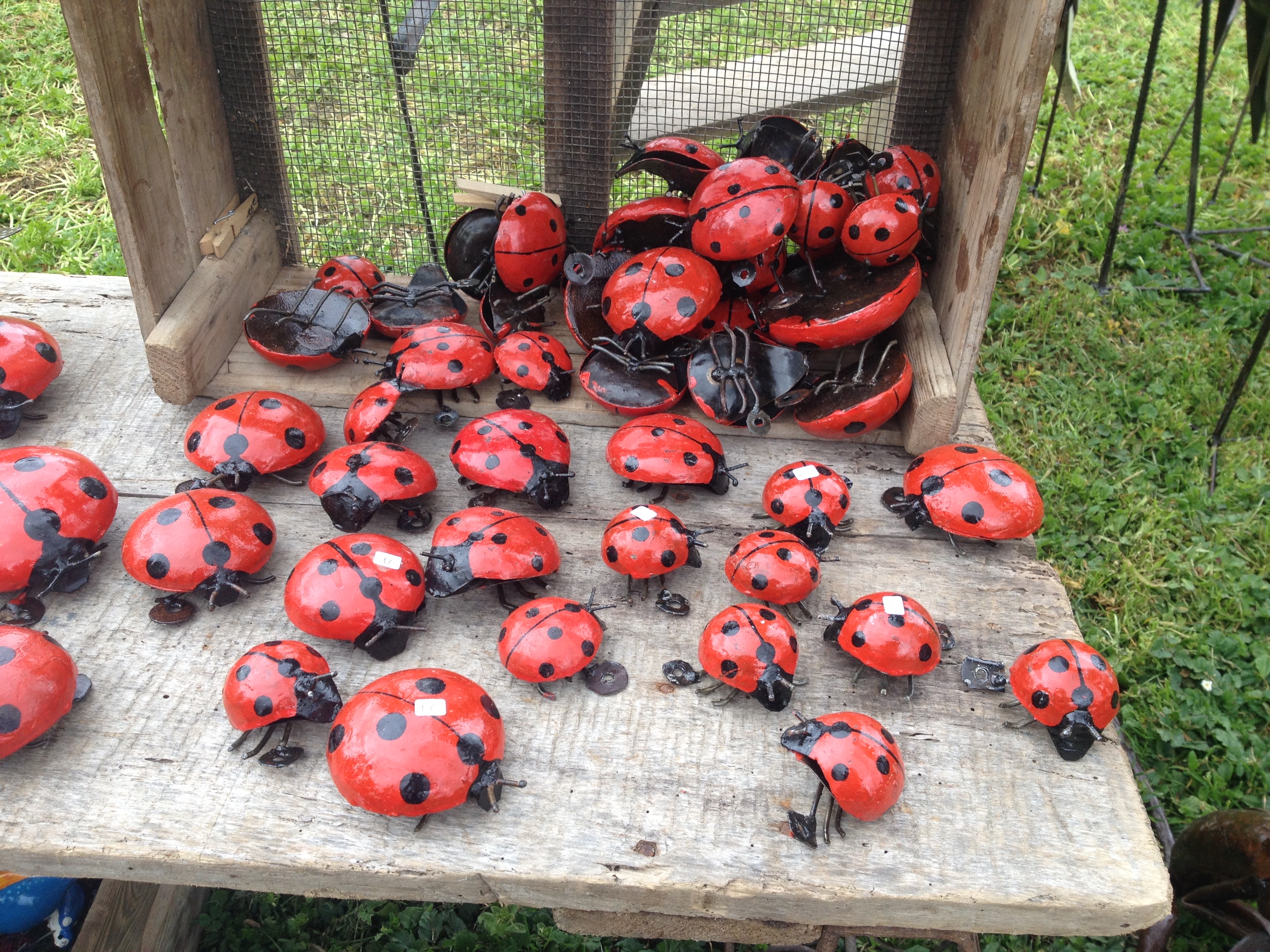
By Birgit Müller I met Alexandra Magro this spring, at the first Grand Conference of the French Academy of Sciences entitled “Insects: Friends, Foes, and Models.” I had contributed a presentation of the blog series Silent Spring Continued at the poster session, hoping to attract insect lovers ready to tell me their stories of love…
-
Insect Portrait: Ladybird Beetles
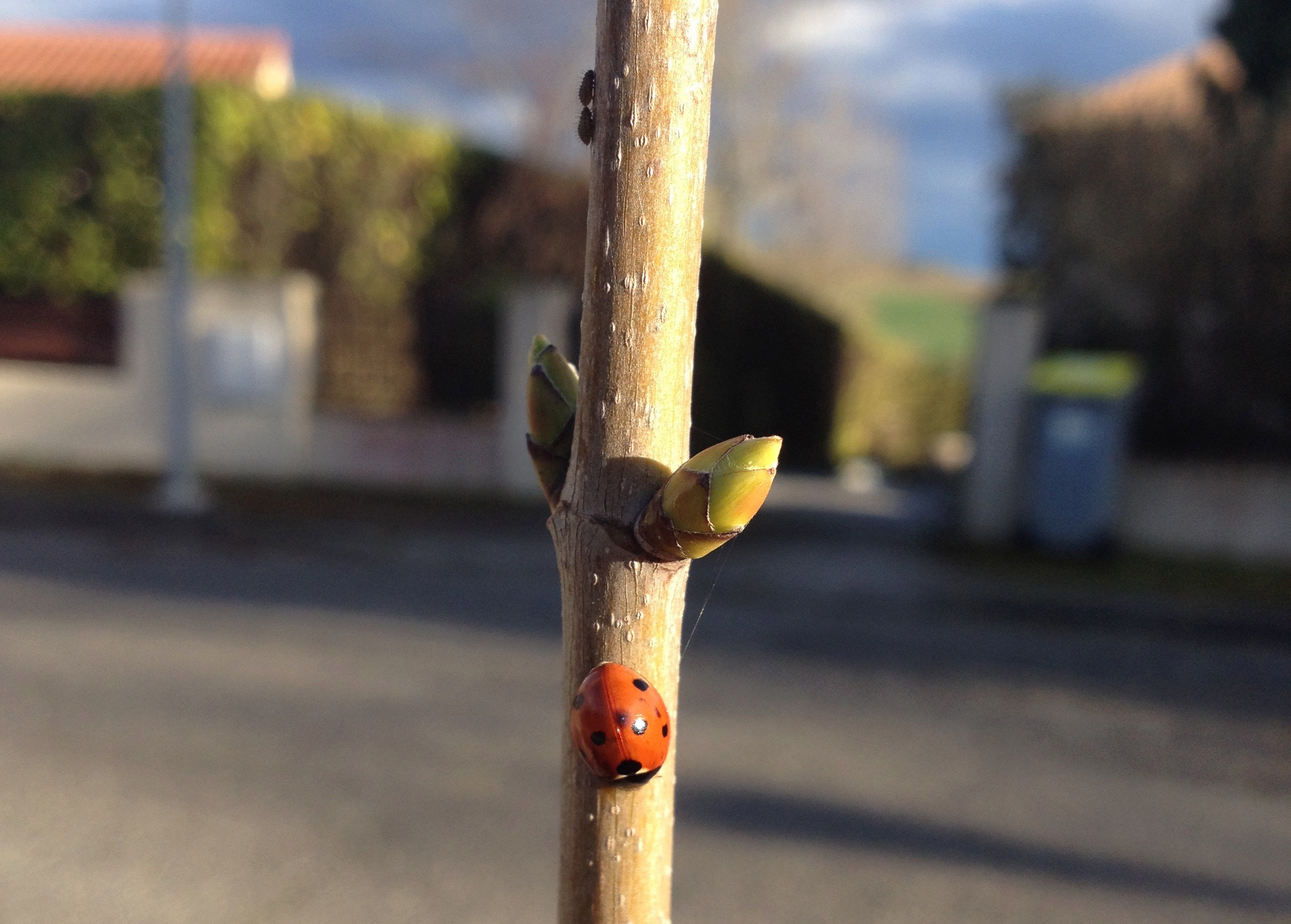
*Image: ©Alexandra Magro Ladybird beetles (of the family Coccinellidae) are a fascinating group of insects. Thriving in all kinds of habitats, they are extremely diverse; around 6,000 species have been described worldwide. Although they are often recognized as beneficial predatory insectivores, their food preferences are in fact very large: some species are fungus feeders, and…
-
Insects as Inspiration
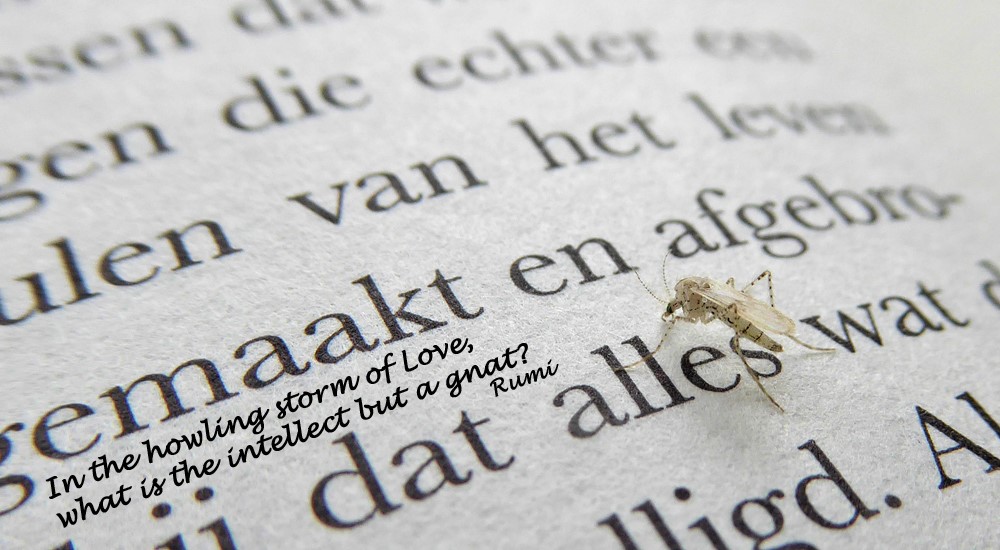
By Jan Goedbloed My name is Jan, I am now 67 years old. I studied biology between 1969 and 1976, and then could not find a job. I helped start a bird hospital, and then worked as an educational assistant in a natural history museum where I tried to incorporate nature meditation.
-
USES OF ENVIRONMENTAL HUMANITIES: FELIX BIDDER, KATIE RITSON, FABIAN ZIMMER
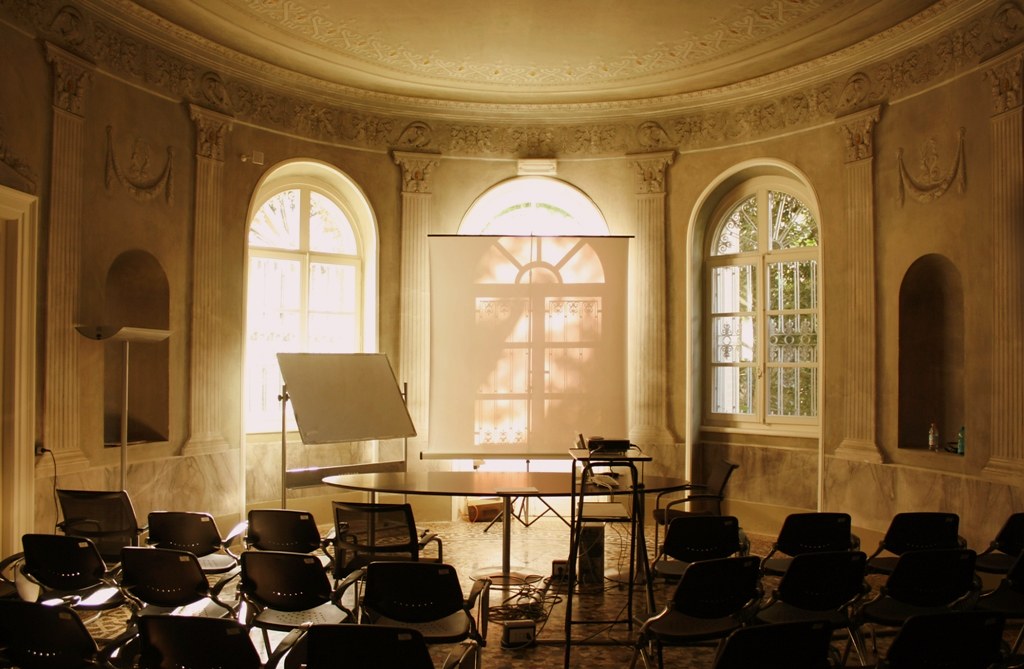
The Uses of Environmental Humanities series explores diverse and creative ways of thinking with Environmental Humanities in responding to socio-environmental challenges. Contributors address the influence of Environmental Humanities and ways in which we might use this field of study, offering insights into the interactions between societies, science, politics, and culture. The series is curated by…
-
Overcoming the Fear Factor: Teaching and Learning about Insects and Biodiversity
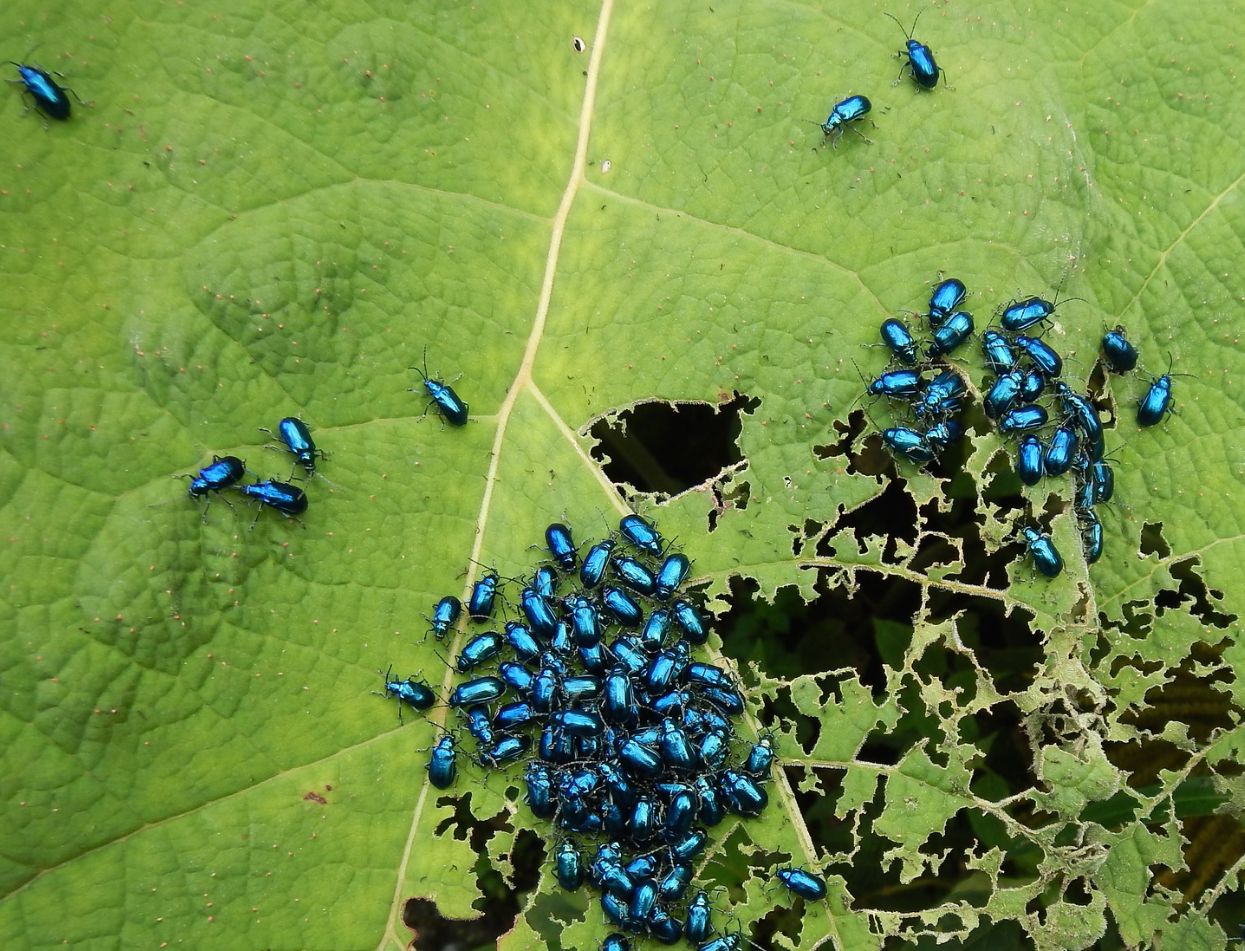
By Tony Weis Insects have fascinated Nina Zitani for as long as she can remember. She vividly recalls making her first bug collection at age five, and searching for insects and other arthropods in her backyard and nearby forests in Moorestown, New Jersey, throughout her childhood.
-
Bookshelf: The Breakthrough of Environmental History
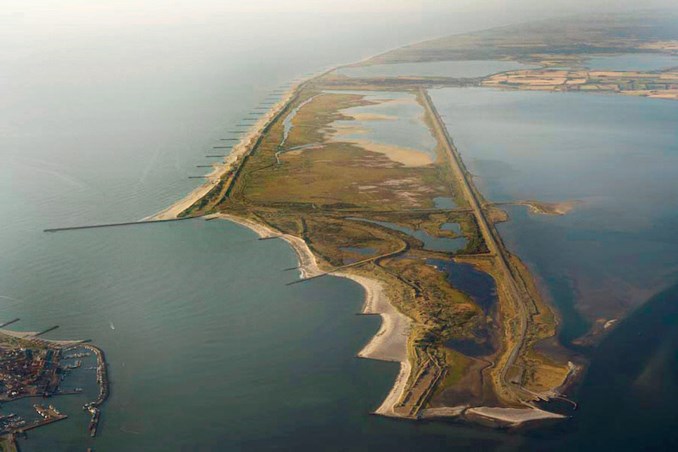
Review of Stormflod by Bo Poulsen (Aarhus University Press, 2019) By Katie Ritson This book is volume 24 in the high profile series “100 Histories of Denmark” published by Aarhus University Press, which over eight years will see a range of historians present the hundred most important historical events and topics from Danish history. The…
-
Mosquitopia Part 3: Key Reasons for Killing Mosquitoes
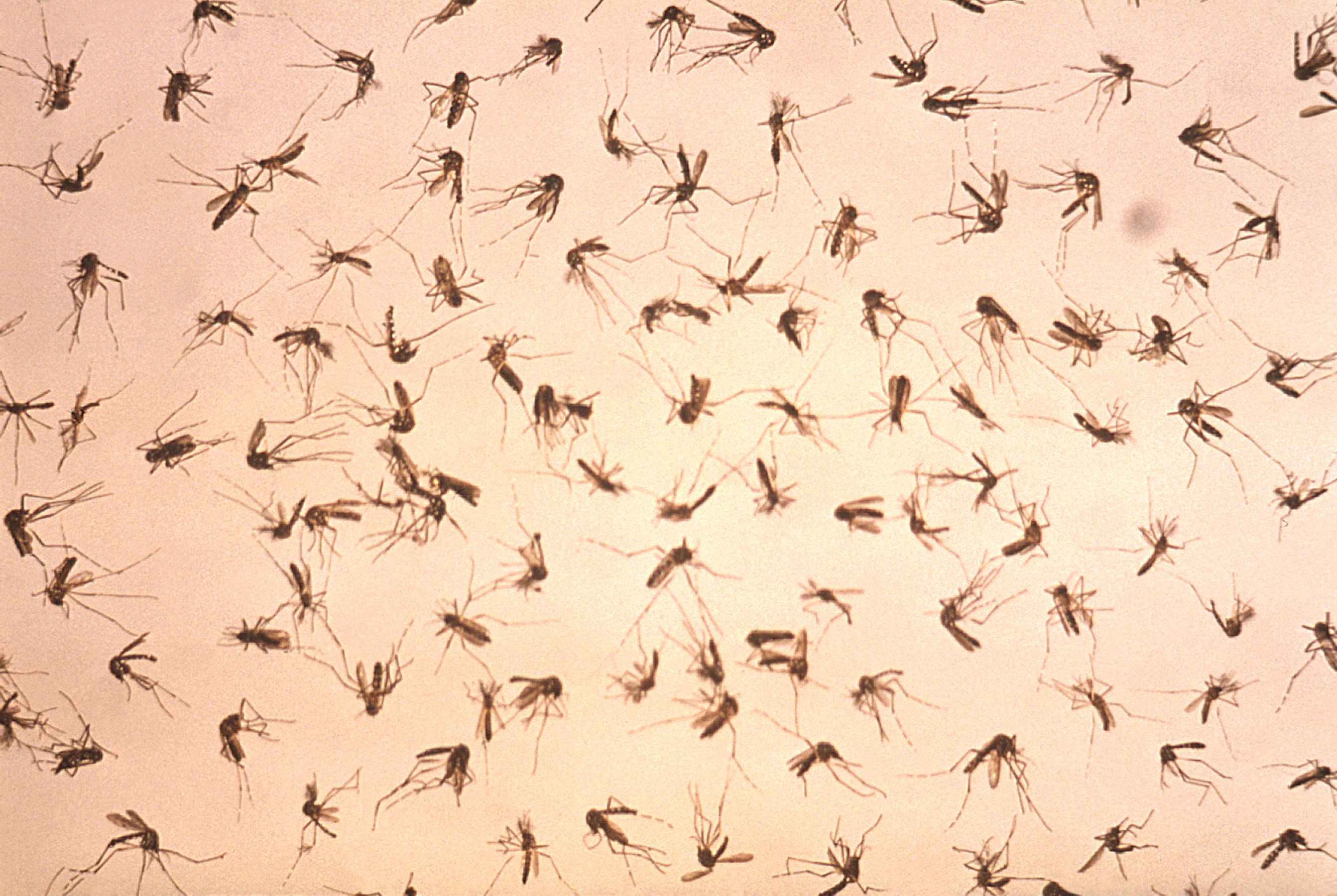
By Marcus Hall and Dan Tamir Human health: First and foremost, despite the many and important reasons for saving mosquitoes, or at least saving certain mosquitoes in certain situations, there remains a dire need to eradicate these creatures—even when it means undertaking extreme measures to accomplish this goal.
